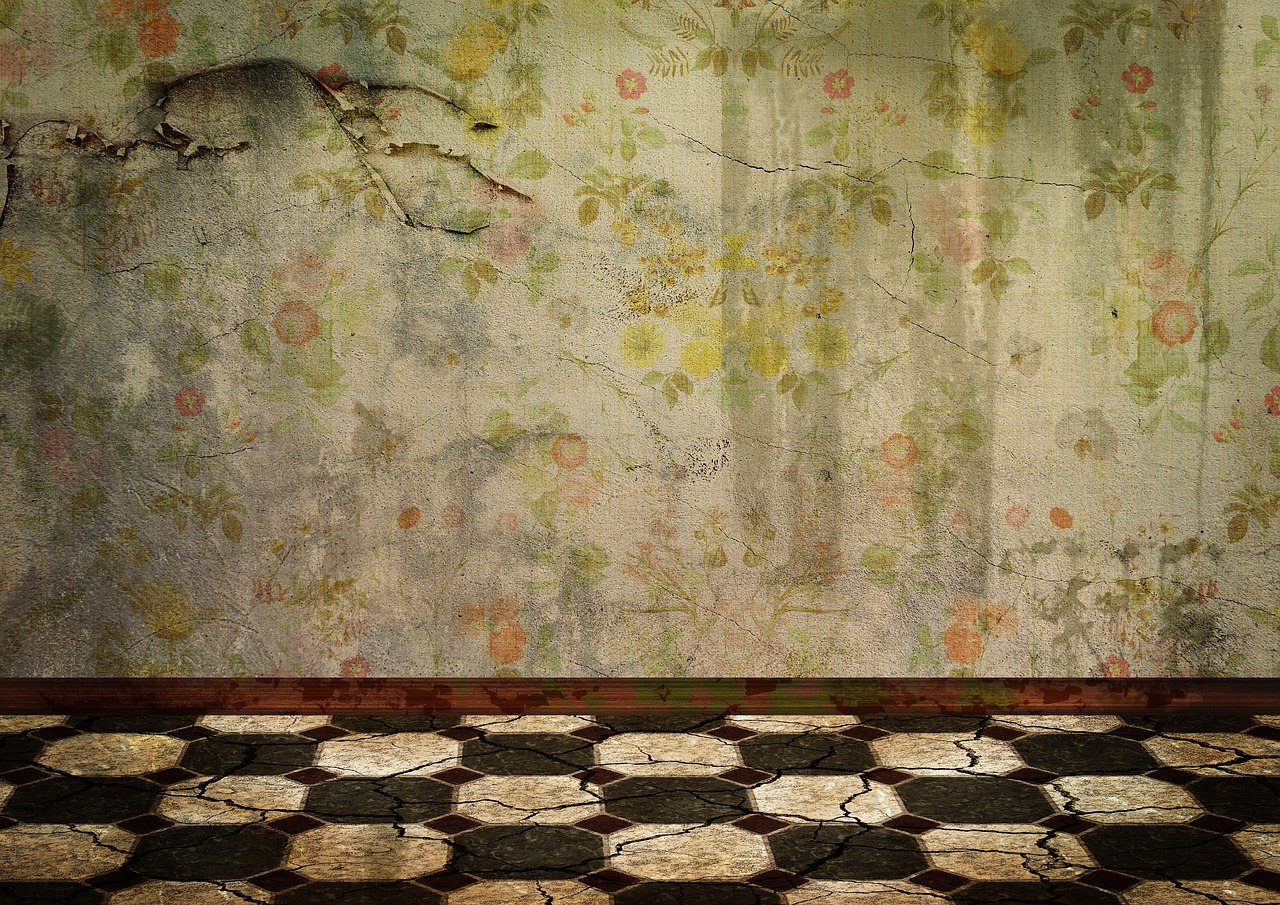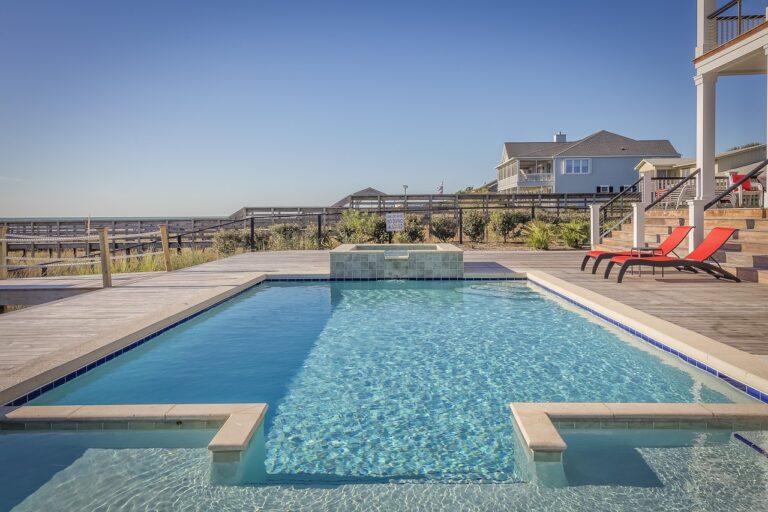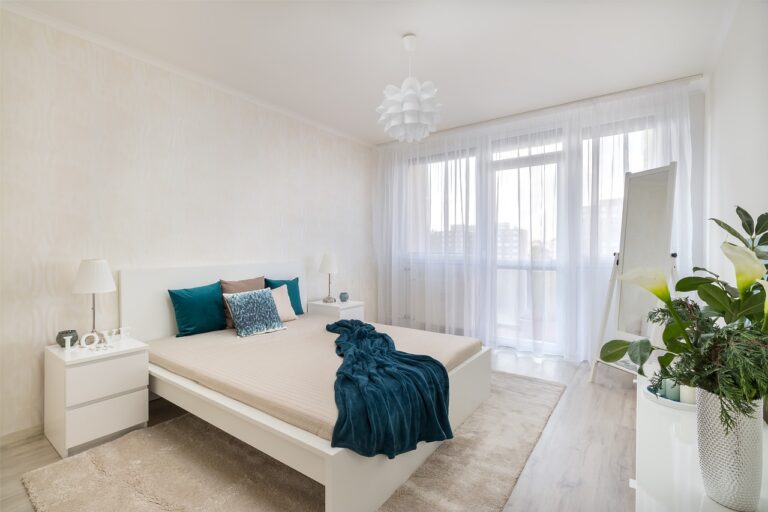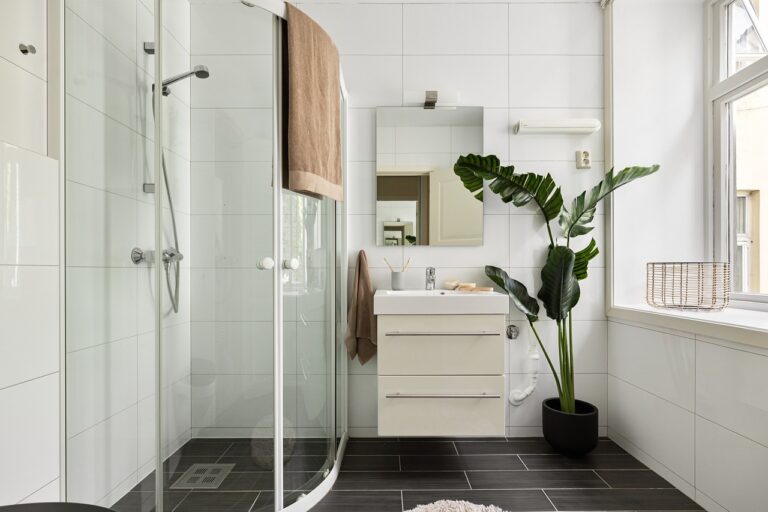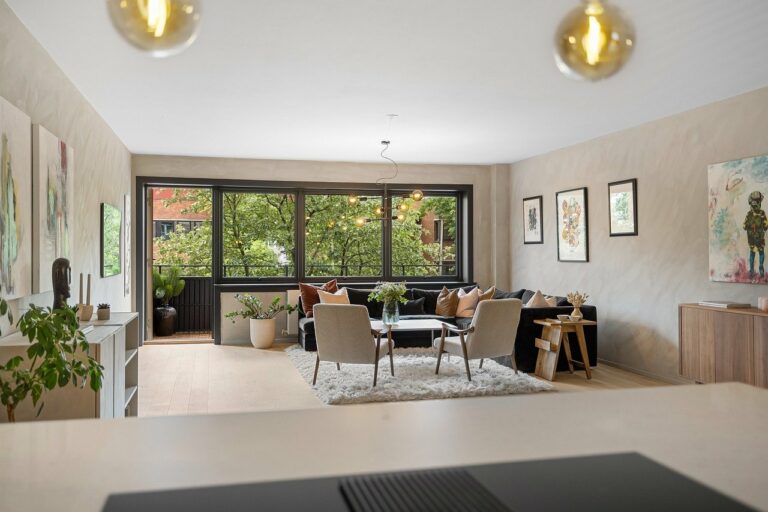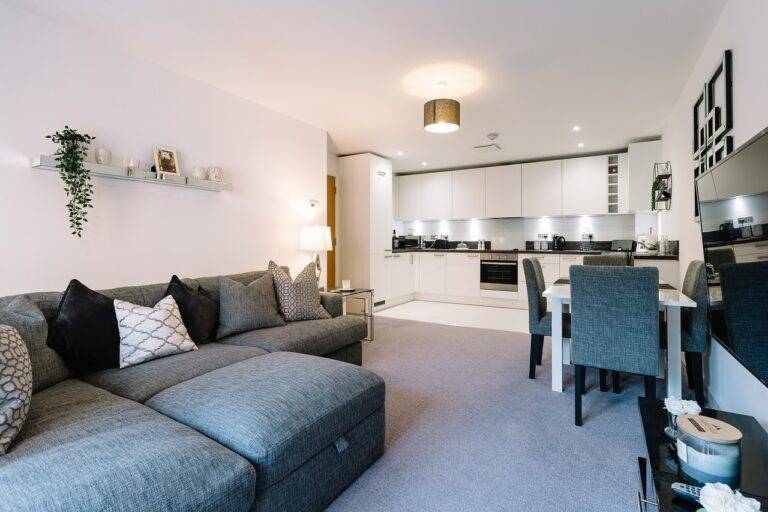Incorporating Biophilic Design in Home Improvement
Biophilic design has gained popularity in the realm of home improvement due to its ability to bring elements of nature into indoor spaces. Incorporating natural elements such as plants, natural light, and wood materials can create a sense of connection with the outdoors, leading to a more harmonious living environment. Research has shown that this integration of nature into residential spaces can have a positive impact on mental well-being by reducing stress levels and promoting relaxation.
Furthermore, biophilic design has been found to enhance overall quality of life by improving air quality, optimizing natural light exposure, and creating a more visually pleasing living environment. By evoking a connection to nature within the home, individuals can experience a greater sense of tranquility and improved cognitive function. In a world where urbanization and technological advancements often lead to a disconnect from the natural world, incorporating biophilic design principles into home improvement projects can help individuals reconnect with nature and foster a healthier lifestyle.
Benefits of Biophilic Design in Enhancing Well-being
Biophilic design offers a range of benefits that can significantly enhance overall well-being. By incorporating natural elements such as plants, natural light, and water features into residential spaces, occupants can experience a greater sense of calmness and connectedness with the environment. Studies have shown that exposure to nature can reduce stress levels, improve cognitive function, and increase productivity, ultimately leading to a greater sense of overall happiness and well-being.
Additionally, biophilic design has been linked to various health benefits, such as lowering blood pressure, reducing anxiety, and promoting a sense of tranquility. The integration of natural elements into the design of living spaces can create a more harmonious and peaceful atmosphere, improving both mental and physical health. By fostering a connection to nature within the home, individuals can experience a renewed sense of energy and vitality, ultimately leading to a more fulfilling and healthy lifestyle.
Key Principles of Biophilic Design
Biophilic design is founded upon connecting people with nature through the integration of natural elements in the built environment. One key principle of biophilic design is the incorporation of natural light into the space. Large windows, skylights, and open floor plans that allow for ample sunlight to filter through not only reduce the need for artificial lighting but also create a sense of openness and connection to the outdoors.
Another important principle is the use of natural materials such as wood, stone, and plants in interior design. Introducing tactile elements like hardwood floors, natural stone countertops, or living green walls brings the beauty and texture of nature indoors. These materials not only evoke a sense of comfort and warmth but also help to improve indoor air quality, promoting a healthier living environment for occupants.
What is biophilic design?
Biophilic design is an innovative approach to designing spaces that incorporates elements of nature to create a more harmonious and healthy environment.
Why is biophilic design important in home improvement?
Biophilic design is important in home improvement because it can help improve overall well-being, reduce stress, increase productivity, and connect us to nature, even when indoors.
What are some benefits of biophilic design in enhancing well-being?
Some benefits of biophilic design in enhancing well-being include improved mental health, reduced stress levels, increased creativity, better air quality, and a greater connection to nature.
What are the key principles of biophilic design?
The key principles of biophilic design include incorporating natural light, views of nature, natural materials, plants, natural colors, and patterns inspired by nature into the design of a space.

